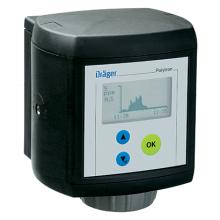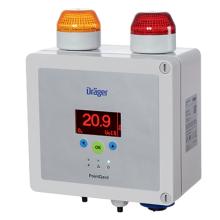Diborane / B₂H₆

Gas Identification
Boranylidyneborane
Chemical properties
Physical properties
Flammability limit
Threshold limit value
Diborane : Description and use
Diborane is made up of boron and hydrogen and comes from the union of two BH₃ borane groups bonded in pairs of hydrogen atoms. It is not to be confused with diborane(4), with the formula B₂H₆, for which the two boron atoms are bonded by a covalent bond. It is sometimes referred to as diborane(6) to differentiate it from this compound.
At ambient temperature, it is a colourless gas with a repulsive sweet odour which easily ignites in the presence of humidity. It forms highly explosive mixtures with air. Diborane tends to release hydrogen (H₂) as it decomposes, but with a rather slow kinetic reaction.
It is a colourless, compressed gas with a characteristic odour.
Flammability: This product is flammable and can catch fire if moderately heated or if it is near to a source of ignition.
Boranes can be used in production but their industrial applications remain fairly limited:
- The production of high-energy fuels (rocket propulsion)
- In the electronics or photovoltaic industries, they can be used as dopant gases or as calibration or test gases (for diborane)
- In organic synthesis, they are used as a reducing agent and they are used as a vulcanisation agent for rubber, and as a catalyst for polymerisation
Diborane : Warnings and caution
H220 - Extremely flammable gas.
H280 - Contains gas under pressure; may explode if heated.
H330 - Fatal if inhaled.
P210 - Keep away from heat, sparks, open flames, hot surfaces. No smoking.
P260 - Do not breathe dust/fumes/gas/mist/vapours/spray.
P304+P315 - IF INHALED: Get immediate medical advice/attention.
P340 - Remove victim to fresh air and keep at rest in a position comfortable for breathing.
P377 - Leaking gas fire: Do not extinguish, unless leak can be stopped safely.
P381 - Eliminate all ignition sources if safe to do so.
P403 - Store in a well-ventilated place.
P405 - Store locked up.
Diborane : Related products







